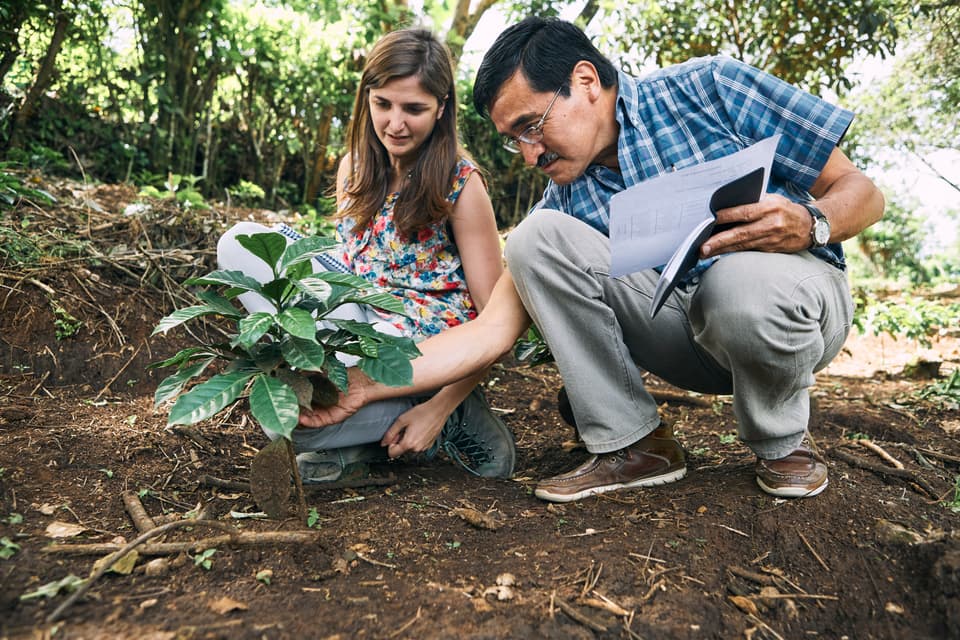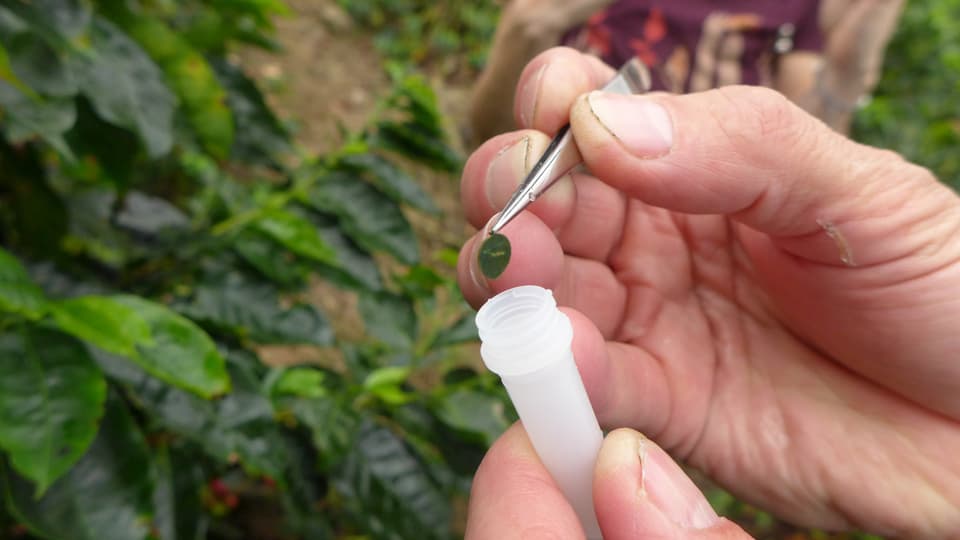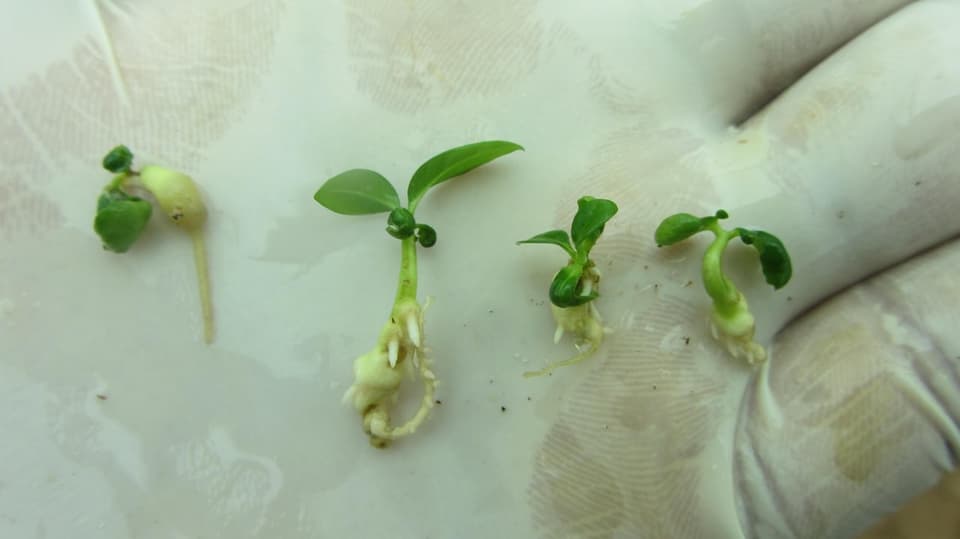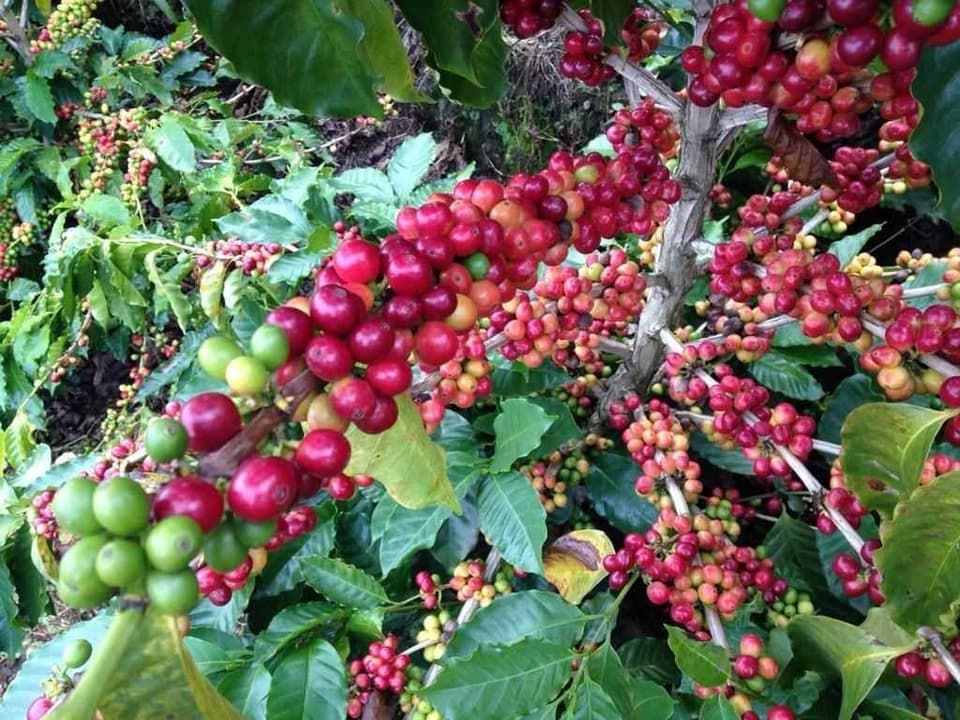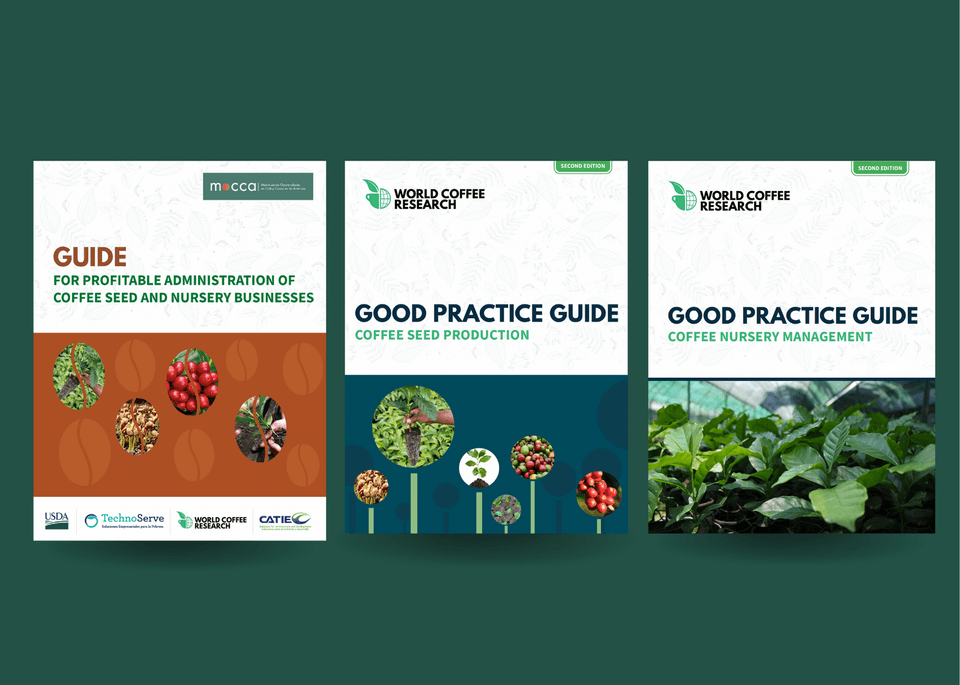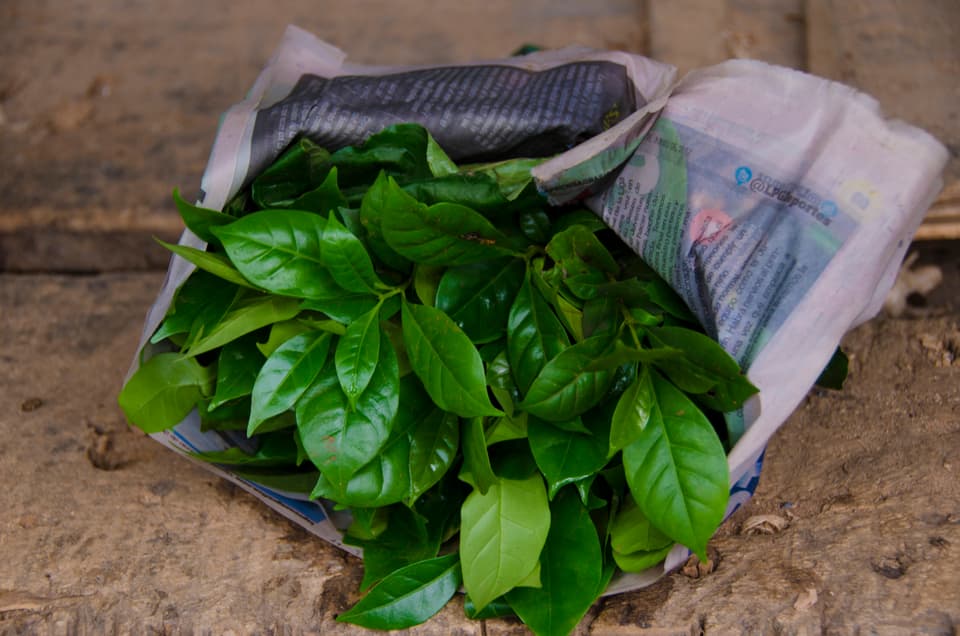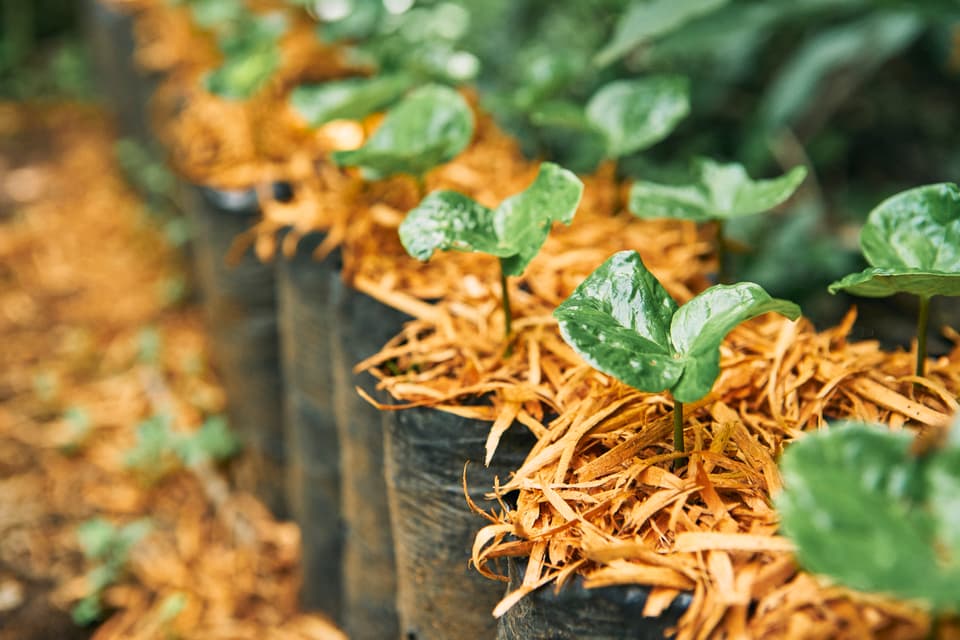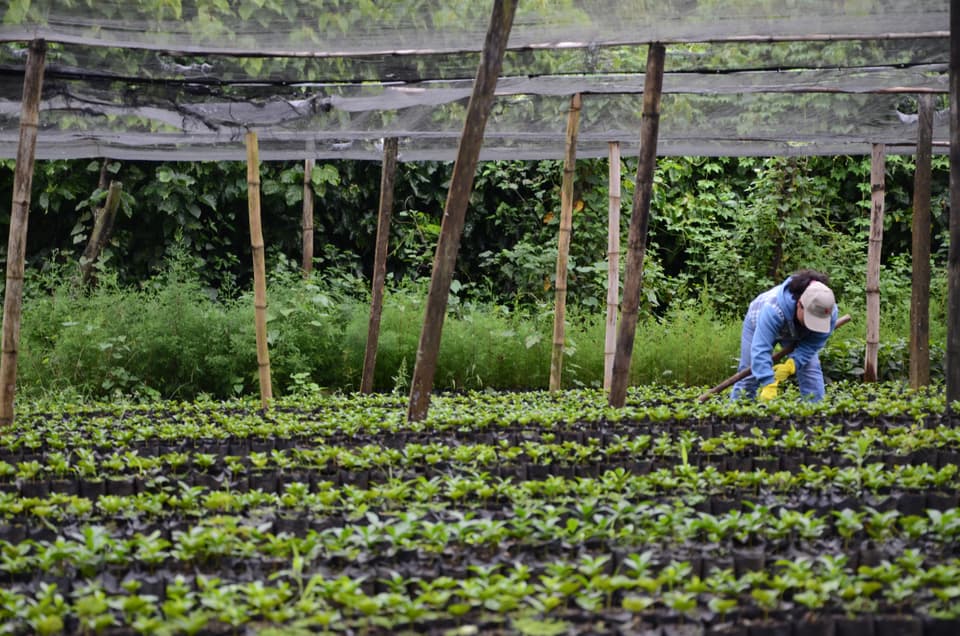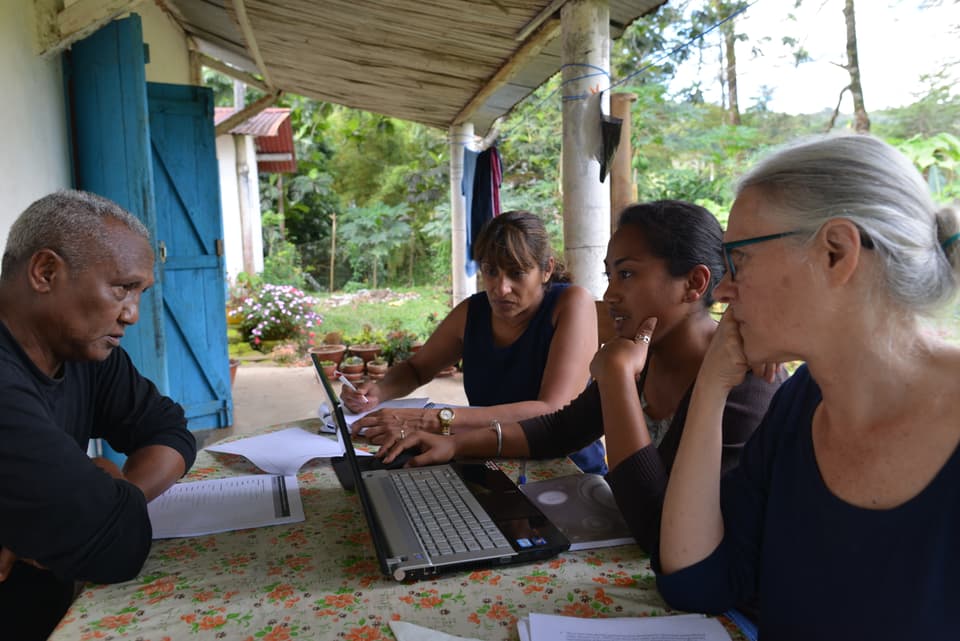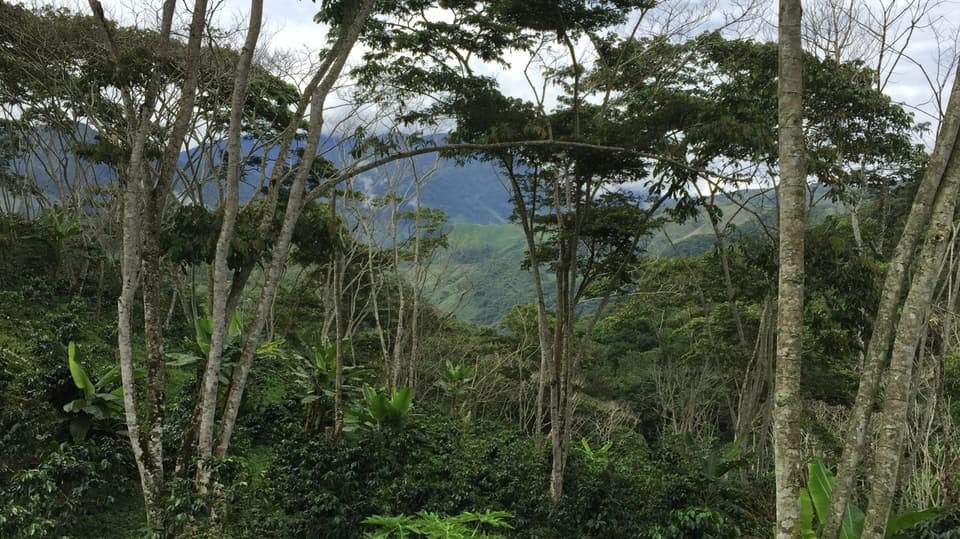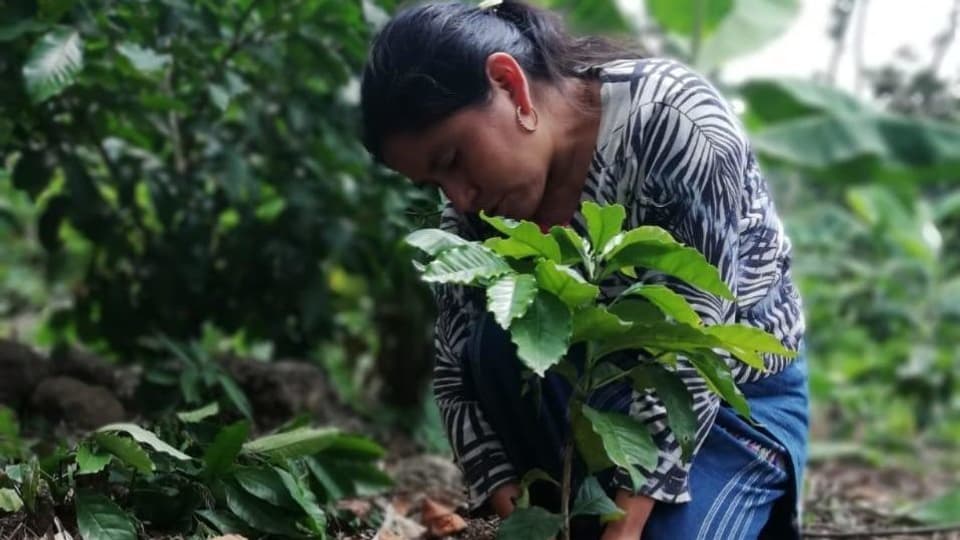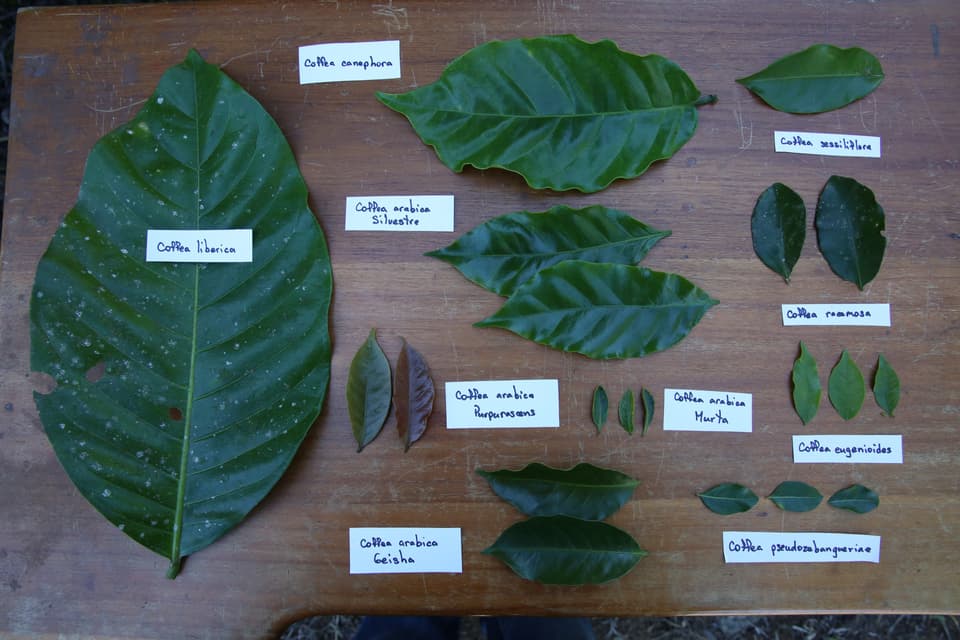We drive research to dramatically improve coffee productivity, coffee quality, climate resilience, and farmer livelihoods.
Programs
Breeding
Today’s coffee varieties are no match for the threats of the 21st century, but breeding innovation severely lags other crops. We support our partners to apply modern breeding approaches to create better varieties that meet farmer and consumer demand.
Field & Quality Trials
Farmers need varieties that perform better than what they already have. Through our international network of trials, we test both existing and new varieties in the field and in the cup, we support the creation and diffusion of better plants that meet farmers’ and roasters’ needs.
Nurseries & Seed Value Chains
Creating the best variety in the world doesn’t matter if farmers can’t access it. But today, most farmers don’t know what varieties they have, and don’t have access to better. We work to make better plants available and accessible to farmers by strengthening seed systems, deploying new tools, purifying seed lots, and training nurseries.
Global Leadership
WCR drives a strategy to enhance the stability and quality of world production. Each year, we consolidate and elevate research on key topics and shared concerns of the global coffee industry.


